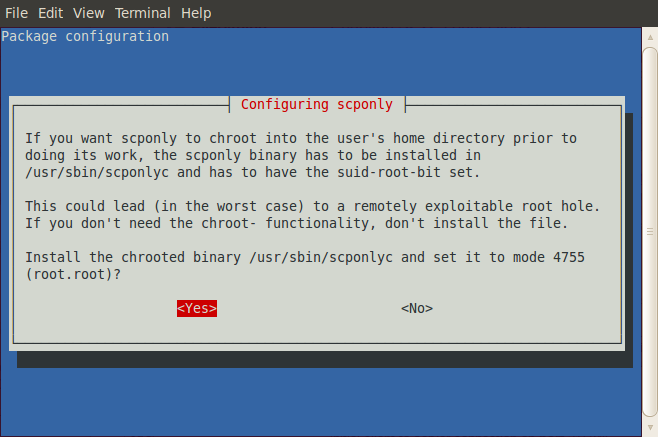Here we go again.. As I mentioned previously, I was back on 8.04 LTS which worked well for me, but end of life on support and my desire to use some of the newer features drove me down this multiple upgrade path. Since I had just come fresh from an upgrade, the second round wasn’t quite as big a deal.
Kick things off with one simple command:
$ sudo do-release-upgrade
I keep track of the changes required in a text file as the upgrade progresses, this is a good practice and has saved me a number of times.
Unfortunately my RAID array broke again on this upgrade. Time time it was /etc/fstab needing to be changed to /dev/md_d2 /dev/md_d3 instead of /dev/md2 /dev/md3.
DKIM-filter isn’t available in 12.04 – I’ve been getting (non fatal) error messages in /var/log/mail.log about this. I’ll probably move to OpenDKIM at one point, but it’s not a big issue other than generating a bit of extra log data.
NFS broke on me this time. I was using a domain name based exclusion in my /etc/exports which I needed to remove:
/data/stuff/Shared *.lowtek.ca(rw,no_root_squash,async,no_subtree_check)
Changing the *.lowtek.ca to simply * and then running exportfs -r to update the files fixed things. The exportfs utility is new to me, or at least I’ve never needed to use it in order to fiddle with my NFS exports before.
I use the package mailgraph to make pretty charts of my email logs. This broke in the upgrade, I was able to track it down to the configuration file containing BOOT_START="YES" instead of BOOT_START=true (the default). This seems to be some mix of my previous configuration and the new package maintained one. I will note that the new version of mailgraph is aware of greylisting which helps clean up the graphs a bit.
Dovecot‘s defaults changed to require secure logins only. This didn’t seem like a big deal until I found out that Jenn’s iPhone 3G refused to authenticate. It took a bit of trying, but I did find a solution. The iPhone 3G was running iOS 3.1.3, and that version didn’t like self signed certificates AND secure logins for sites it hadn’t synchronized with previously. To resolve this it was a simple matter of allowing plain text authentication in /etc/dovecot/local.conf
disable_plaintext_auth = no
Don’t forget to restart the dovecot service so the changes are picked up:
$ sudo service dovecot restart
Then synchronizing the phone with plaintext login. Then removing the dovecot configuration change we just made to default back to SSL based logins (and restart the service again), and the iPhone detects this and asks us to accept the self signed certificate. Weird, but it works.
My Slimserver seems to have not survived past this upgrade, I haven’t fixed this yet but it should be relatively simple. Hopefully the end of life status of this product line won’t mean the complete loss of the community around it.
In summary, there were the typical minor upgrade aches and pains but nothing that took my site down for any appreciable amount of time.

